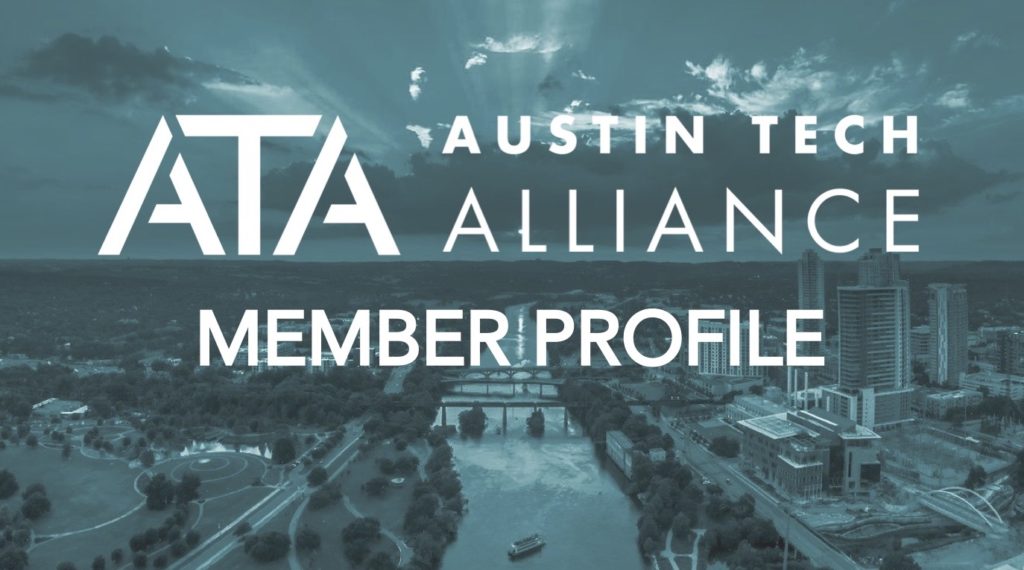In order to highlight Austin Tech Alliance’s growing membership of individuals who support our mission to promote civic engagement in Austin’s tech sector, this is a regular feature profiling members of ATA.
Up now: Michael Henderson.
 Introduce yourself and where you work in Austin’s tech sector.
Introduce yourself and where you work in Austin’s tech sector.
My name is Michael Henderson, and I’m a native Austinite. Right now, I work in the City of Austin’s Innovation Office, where I serve as a project manager in the Design, Technology, and Innovation Fellows program. In that position, I’m able to guide a team of digital designers, content strategists, and design researchers to recreate the recruitment strategy and messaging campaign for Austin’s Emergency Medical Service (EMS).
Previously, I was a social media consultant and design researcher for Vidlet, an ethnographic data research company, and the head of business development for Sourced Craft Cocktails.
What do you love about Austin?
First, it’s a cool town of creatives, makers, and doers. I’ll juxtapose this with my previous life in DC. President Obama said that “[i]t’s only when you hitch your wagon to something larger than yourself that you realize your true potential,” and you see this in politics all the time. In Austin, I feel like so many people are stepping up and making their own cart and wagon. Because Austin has so many developers, creators, and makers, we were able to respond to Uber and Lyft leaving with Ride Austin – to just name one example.
We also have a culture that embraces sharing our knowledge and celebrating one another. We love helping others to succeed, and that gives the city a spirit, sense of movement, and vibe. I don’t think you find that same type of feeling elsewhere.
What do you think are the community’s biggest challenges?
We need to do a better job making sure that everyone in Austin feels integrated into our community. In particular, I’m talking both about folks who are new to Austin and the most vulnerable in our society – the economically disadvantaged, elderly, immigrant populations, and homeless. How can we better integrate those groups into our larger community conversations and do a better job celebrating one Austin?
Too often, Austin’s very polarized, and these different groups don’t have opportunities to mesh together: either you’re poor or you’re rich, or you’re an east-sider or you’re a west-sider. This polarization has only increased with the recent changes in parts of the city’s socioeconomic and demographic makeup, but change is inevitable – and what better place to embrace that change than Austin?
Why is it important for the tech community to become more civically engaged?
I think that the tech community does a great job of automating processes and using a relatively small amount resources to bring about change. They go from an idea to an actual product in a very rapid time and build in a constant feedback loop to make products and services better. I believe this approach can absolutely help how our city government operates.
The design process that we use in the Innovation Office is also a great template that can be extrapolated into other places in government. Through human-centered design, we research and discover through questions and interviews with the end user. We synthesize the data to find recurring themes and patterns, and from there we create testable models that we can prototype. Eventually, we implement the version that shows the most promise. That data-driven approach is something that I think most people want to see formally rolled into the public policy process.
At the end of the day, the tech community does a wonderful job rallying to address a specific problem or issue. For instance, in the vacuum between the technology and public policy community, the Austin Tech Alliance appeared. I’d love to see those skills and mindset be applied to some of the challenges Austin faces.

